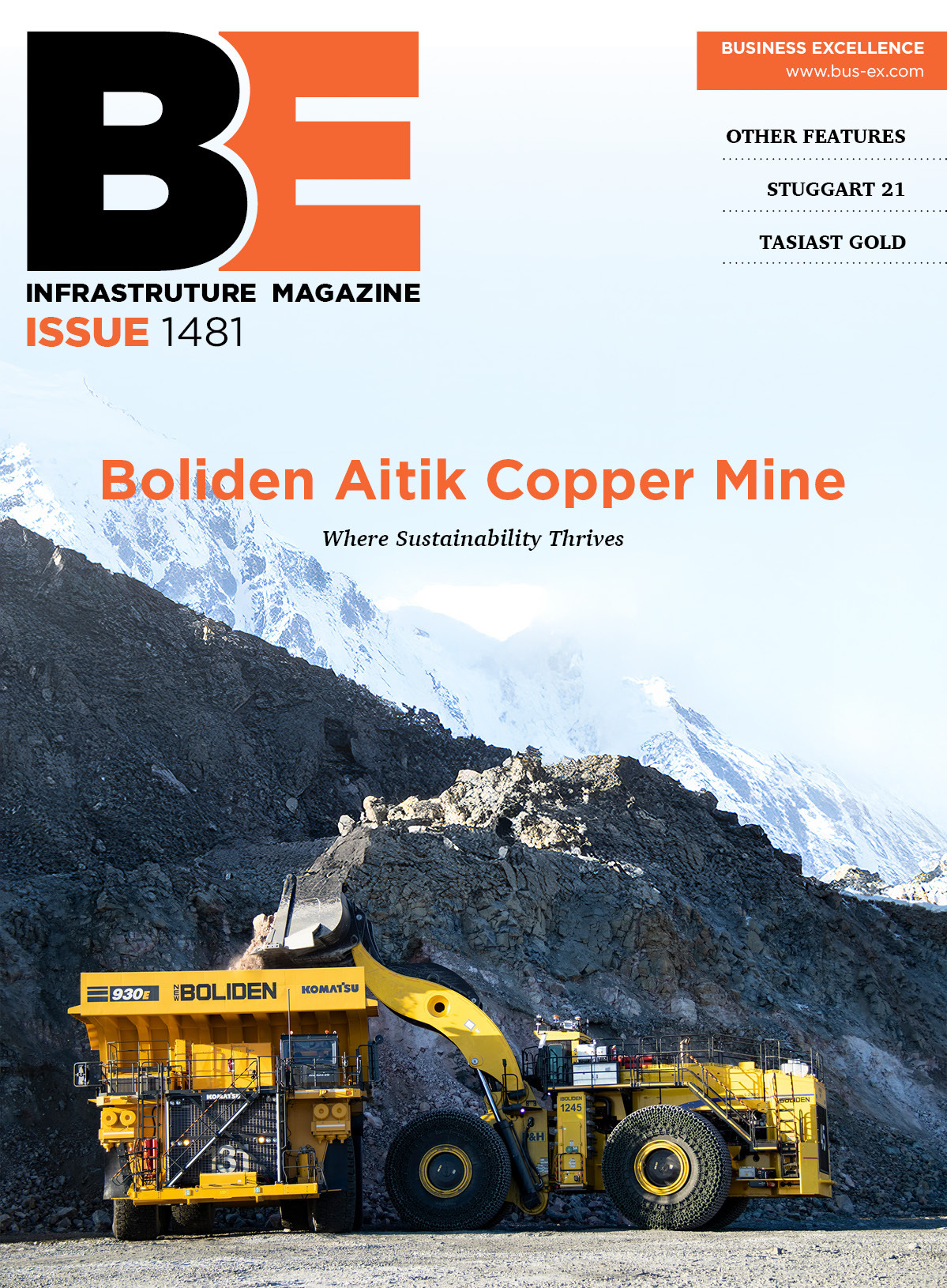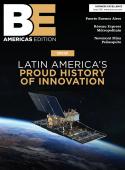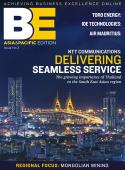┬áObsessive propulsionMarine propulsion systems designed and manufactured by Thrustmaster of Texas are used all over the world, Gary Toushek learns. When it was founded in Houston in 1984 by owner and president Joe Bekker, Thrustmaster of Texas was a small manufacturer of outboard, deck-mounted propulsion units. Bekker is a graduate (with a degree in mechanical engineering) of the University of Amsterdam in The Netherlands and was always interested in propellers and propulsion systems, especially for marine applications. The first order he received was for 13 units for the US Army Corps of Engineers, and the second was for the US Navy, and since then his customer list includes the navies of several countries, as well as private shipbuilding and marine companies. Of course, his portfolio of heavy-duty, main and auxiliary, commercial marine propulsion equipment has become more diverse and specialized, to include azimuthing thrusters, retractable thrusters, tunnel thrusters, Z-drives, and portable dynamic positioning systems, ranging in power from 35 horsepower to more than 8,000 hp.BekkerÔÇÖs original small facility was eventually outgrown, since by the end of the first decade the company had more than quadrupled its sales. In 1995 Thrustmaster moved to its second facility a short distance awayÔÇöa 90,000-square-foot space that includes a manufacturing plant with fabrication, machining, assembly, inspection and testing capabilities, plus a warehouse with a huge parts inventory, three 25-ton overhead cranes and a 35-ton portable crane to move products around, and a design and administrative space. It was a timely move. The following year international business grew rapidly, with thrusters for offshore supply vessels in Malaysia, fishing vessels in Peru, transport barges in Ecuador, fast ferries in Australia, an offshore construction barge in England, a SWATH vessel in Hong Kong, a cruise vessel on the Thames River, car ferries in Chile and Egypt, a tanker in South Africa, and split-hopper barges in Indonesia.All the companyÔÇÖs products are developed in-house by an engineering department versatile in mechanical, hydraulic, electrical and electronic design. Tooling includes computer equipment with software packages for computer-aided design, vessel resistance and propulsion, 3D modeling, computational fluid dynamics, and ANSYS finite element analysis. Using modal analysis, stress and strain analysis, and rotor dynamic analysis of drive trains and transmissions, engineers achieve an understanding of what their products need to accomplish. Thrusters can be manufactured as complete packages with prime mover and controls, either in modular or integrated form. The facility is ISO 9001:2000 certified.┬á Business is still booming: the companyÔÇÖs current backlog of orders is 50 percent larger than its annual production, so it has been constructing an additional 200,000-square-foot, ultramodern facility on a 60-acre property near its present location, as well as a separate 40,000-square-foot engineering design and administrative center and a large, outdoor pond for testing things like thruster underwater mount and dismount integrity. The company also has field service engineers and an inventory of parts in England, Dubai, China, Singapore, and The Netherlands, and sales agents in several other countries.Large offshore floating structures used by petroleum companies need anchorless or thruster-assisted positioning and station keepingÔÇöas do their supply or crew boats that are docking to onload or offload. Thrustmaster developed easily deployable, portable systems for maneuvering or dynamic positioning of these large vessels and structures. The systems consist of modular thrusters and power units for installation on deck or to the side walls of the structures. Controls are usually automatic based on input from gyros, wind sensors and other position reference sensors. Thrusters and their power units can easily be added or removed in open seas without interrupting the operations of the floating structureÔÇöso using multiple, self-contained modules provides freedom of configuration to allow for different applications and operating environments. In the Port of Corpus Christi, Texas, the Refinery Terminal Fire Company uses azimuthing thrusters to dynamically position a large firefighting barge. On the other hand, for moving applications, several diesel-hydraulic propulsion units are used for brownwater barge applications for river transport in Alaska, South America, Africa and the Far East. Today, Thrustmaster is the largest designer and manufacturer in the thruster field in the US, and one of the largest in the marine world.┬á









